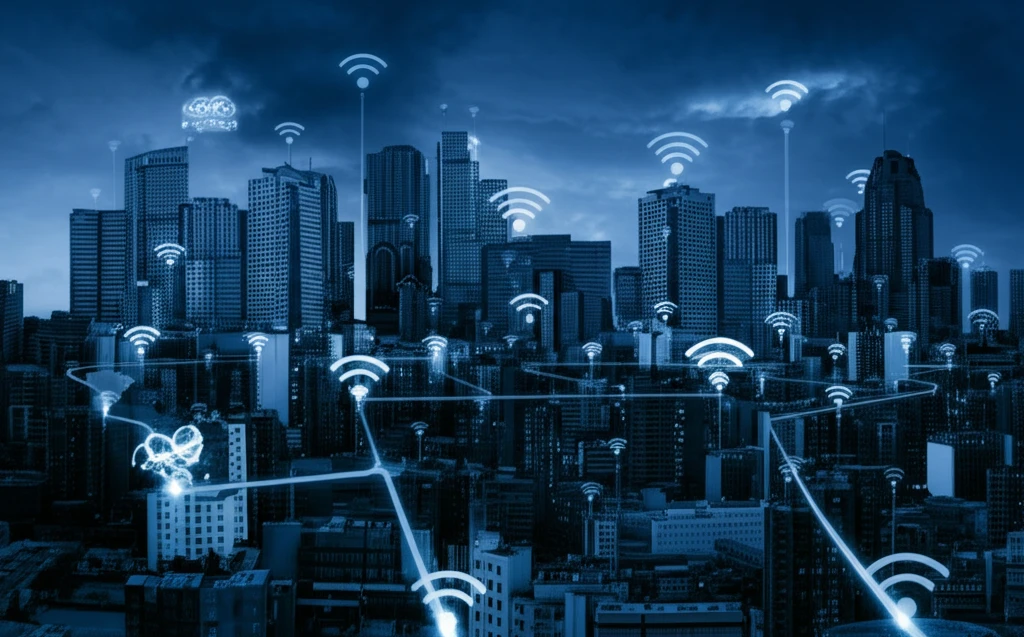
Smart Bikes, Smarter Cities: How IoT is Revolutionizing Urban Mobility
"Explore how cities worldwide are leveraging Internet of Things (IoT) technologies to transform public bike-sharing services, enhancing urban life and sustainability."
In today's fast-paced world, cities are constantly seeking innovative solutions to improve urban mobility and sustainability. One of the most promising advancements is the integration of Internet of Things (IoT) technologies into public services, particularly bike-sharing programs. These smart bike systems are not just a convenient way to get around; they represent a fundamental shift in how cities approach transportation and urban planning.
The rise of IoT in public bike-sharing (PBS) is transforming how people navigate urban environments. By connecting bikes, stations, and users through a network of sensors and data analytics, cities can create more efficient, responsive, and user-friendly transportation options. This technology not only enhances the practical aspects of bike-sharing but also supports broader urban development goals, like reducing congestion and promoting healthier lifestyles.
However, the success of these IoT-driven bike-sharing schemes isn't solely dependent on technology. It's deeply intertwined with the unique characteristics of each city, including its public motives, user preferences, and governance structures. Understanding these contextual dynamics is crucial for policymakers, urban planners, and service operators aiming to implement effective and sustainable smart bike programs.
The Core Elements of Smart Bike-Sharing and IoT Dynamics

To truly understand how IoT transforms public bike-sharing, it’s important to break down the key components that drive these systems. The integration of IoT involves several layers, from the physical bikes and docking stations to the digital networks and user interfaces that connect everything together. This creates a complex ecosystem where data flows freely, allowing for real-time monitoring, adaptive management, and enhanced user experiences.
- Devices: These are the physical interfaces, like smartphones, smartwatches, or bike-mounted computers that riders use to interact with the system.
- Access: This includes not just the availability of bikes and stations, but also the cognitive ability and desire of users to engage with the service. Cost, ease of use, and infrastructure all play a role.
- Culture: Local norms, attitudes toward technology, and existing transportation habits all influence how readily a bike-sharing program is adopted.
- Governance: Policies, regulations, and the involvement of government and public authorities shape the operational landscape.
The Future of Urban Mobility: Data-Driven, Adaptive, and Sustainable
As cities continue to grow and face increasing pressures on their transportation systems, smart bike-sharing programs offer a promising path forward. By embracing IoT technologies and tailoring solutions to local contexts, urban planners can create more efficient, sustainable, and livable cities for everyone. This approach not only enhances mobility but also contributes to broader goals of environmental stewardship and community well-being, ensuring that cities remain vibrant and resilient for generations to come.
